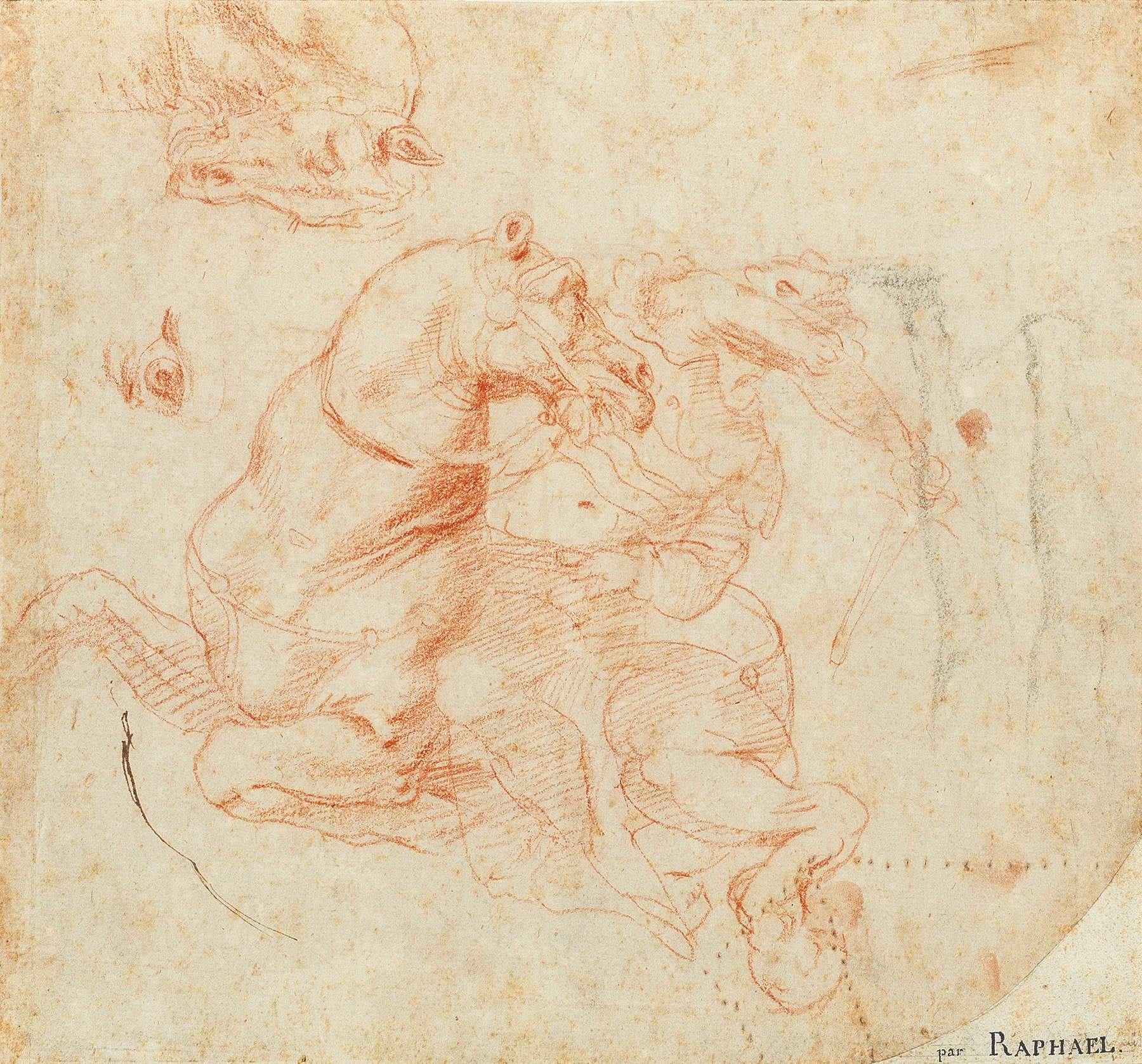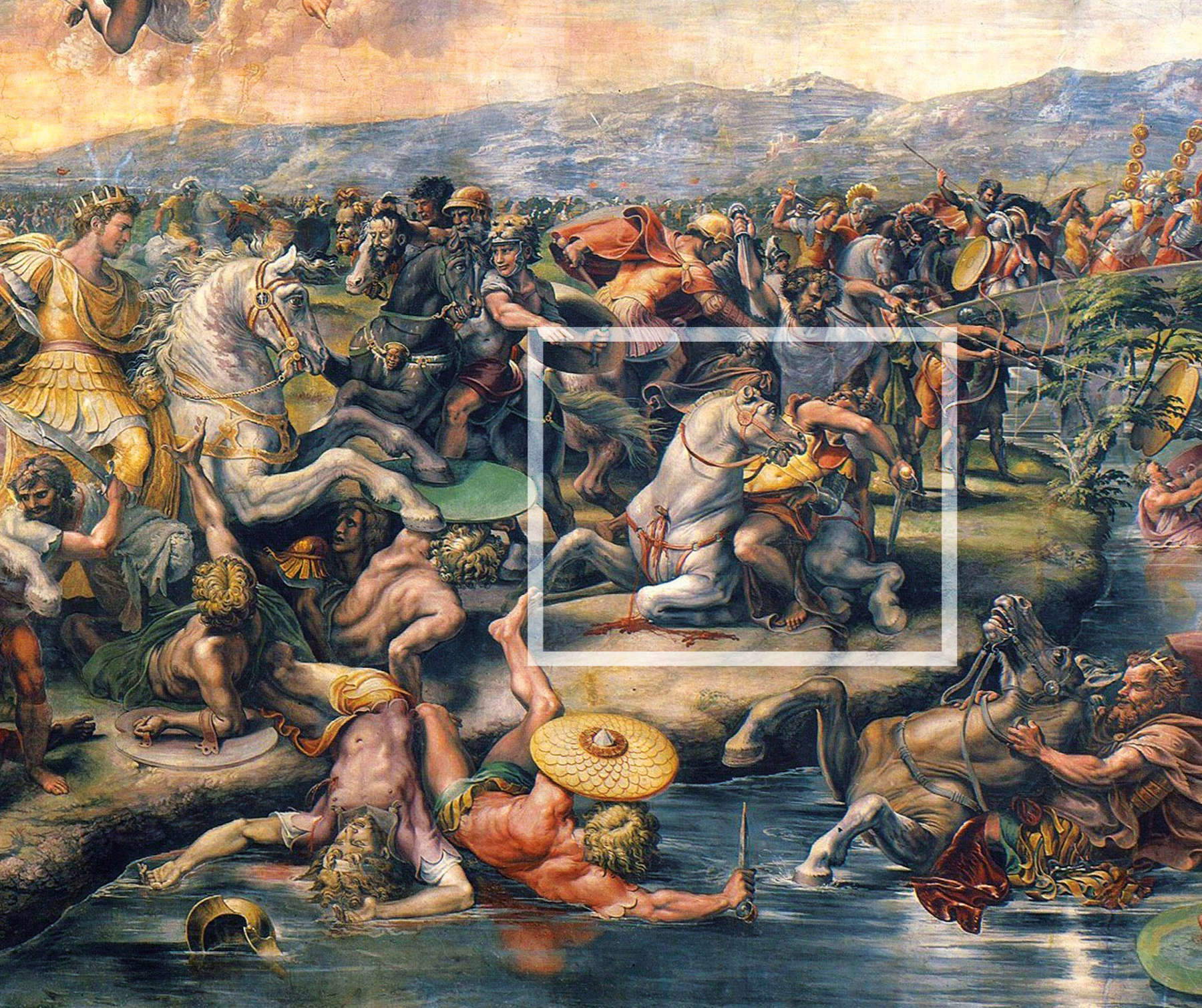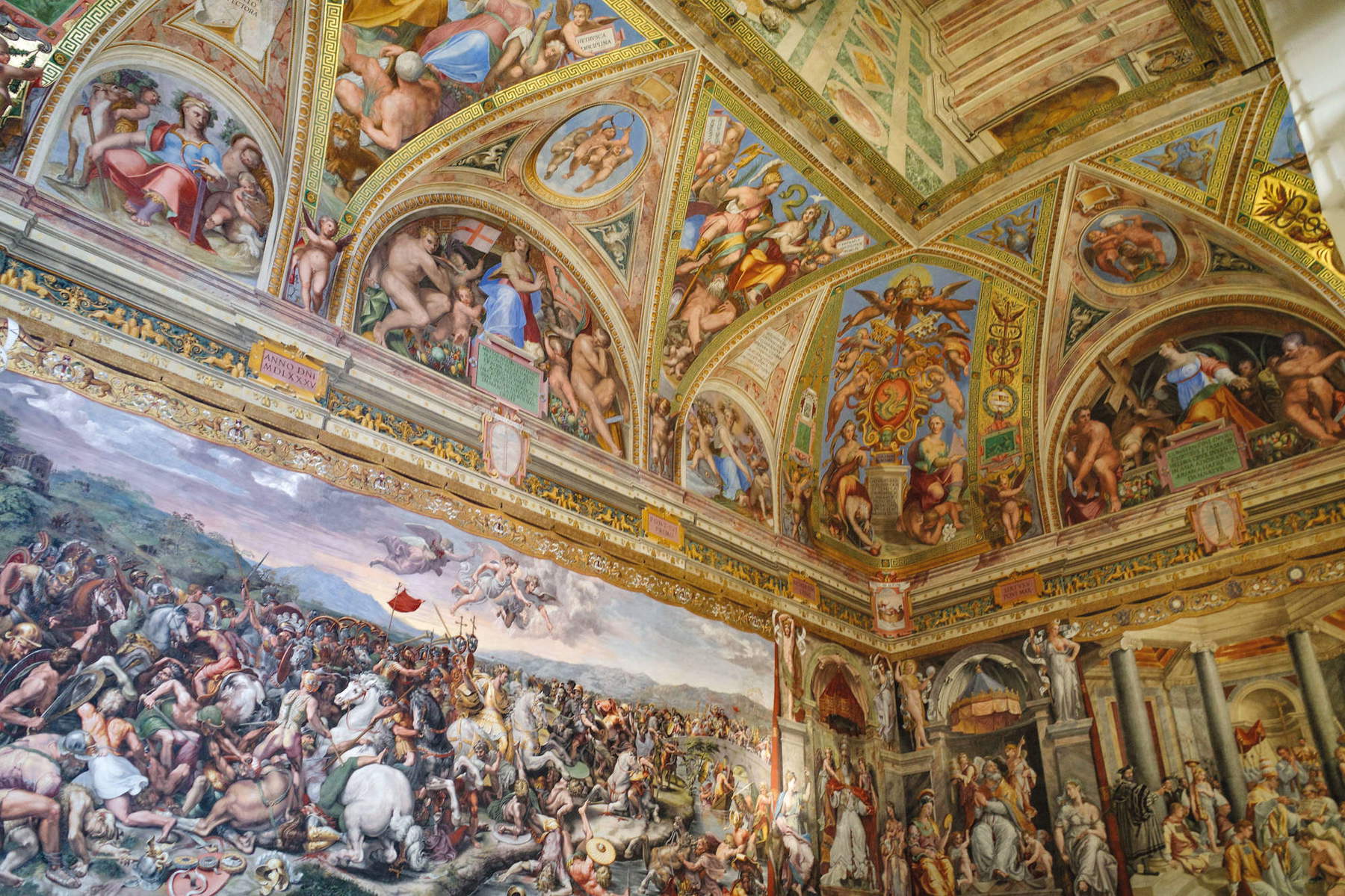Rare and valuable drawing by Raphael for the Vatican Stanze discovered. It will go to auction
An important drawing by Raphael (Urbino, 1483 - Rome, 1520) has been found: it is a study for the scene of the Battle of Ponte Milvio painted in the Vatican Stanze, specifically in the Hall of Constantine. It will be auctioned Oct. 25 by Dorotheum, which expects it to exceed 1 million euros.
The work, in red pencil on paper, was recently rediscovered and identified as a late drawing by Raphael.The sketch, depicting a horse and rider, is one of the few known drawings by Raphael from his late period. It is a particularly significant drawing because of its role within one of the most ambitious artistic projects of the 16th century: the decoration of the papal apartments in the Vatican. The drawing, as mentioned, is a preparatory study for part of the fresco of the Battle of Ponte Milvio in the Hall of Constantine. The Stanze, known collectively as the “Raphael Rooms,” are considered among the most significant achievements in art history.
“The compositional and stylistic details confirm that this is a preparatory study by Raphael for the famous fresco,” says Mark MacDonnell, Old Masters specialist at Dorotheum: “It has an energy, verve, movement and quality that make this sheet an exceptional rarity.”

 The
The
The decoration of the papal apartments, commissioned by Pope Julius II and his successors, was one of the most ambitious artistic projects of the time. The central fresco in the Hall of Constantine depicts the Battle of Ponte Milvio between the first Christian emperor, Constantine, and his rival Maxentius. It was to be the culmination of the iconographic program of the Rooms: the historical victory of Christianity over paganism. This monumental fresco depicts the two armies in the midst of the heated struggle: an intense and eventful scene, with a tangle of bodies entwined in action. Such an elaborate scheme required extensive planning and preparatory drawings.
The newly rediscovered study is one of only three surviving drawings for this fresco made by the master’s hand: the other two are in the Louvre and the Ashmolean Museum, Oxford.
This sheet, considered an essay of particular virtuosity, has been preserved in private collections and was once attributed to Rubens. Now, through comparative analysis of technique and composition, this study of the horse and rider has been recognized as the work of Raphael.
The significance of the sketched horse and rider falling into the study is evident in its prominent position within the finished fresco. Raphael did not live to see the completion of the fresco as he died in 1520, and his pupil Giulio Romano was responsible for the final painting. However, the drawing of this group in the composition illustrates how closely Raphael himself was involved in the planning of the commission that crowned his accomplishments in the Vatican Palace.
Moreover, this sheet of paper used by Raphael for his studio offers a fascinating insight into the daily practice of the artist’s workshop. Worksheets were often used multiple times to record ideas. On the verso of this sheet are drawings by Raphael’s assistant, Polidoro da Caravaggio, executed later.
 |
| Rare and valuable drawing by Raphael for the Vatican Stanze discovered. It will go to auction |
Warning: the translation into English of the original Italian article was created using automatic tools. We undertake to review all articles, but we do not guarantee the total absence of inaccuracies in the translation due to the program. You can find the original by clicking on the ITA button. If you find any mistake,please contact us.





























